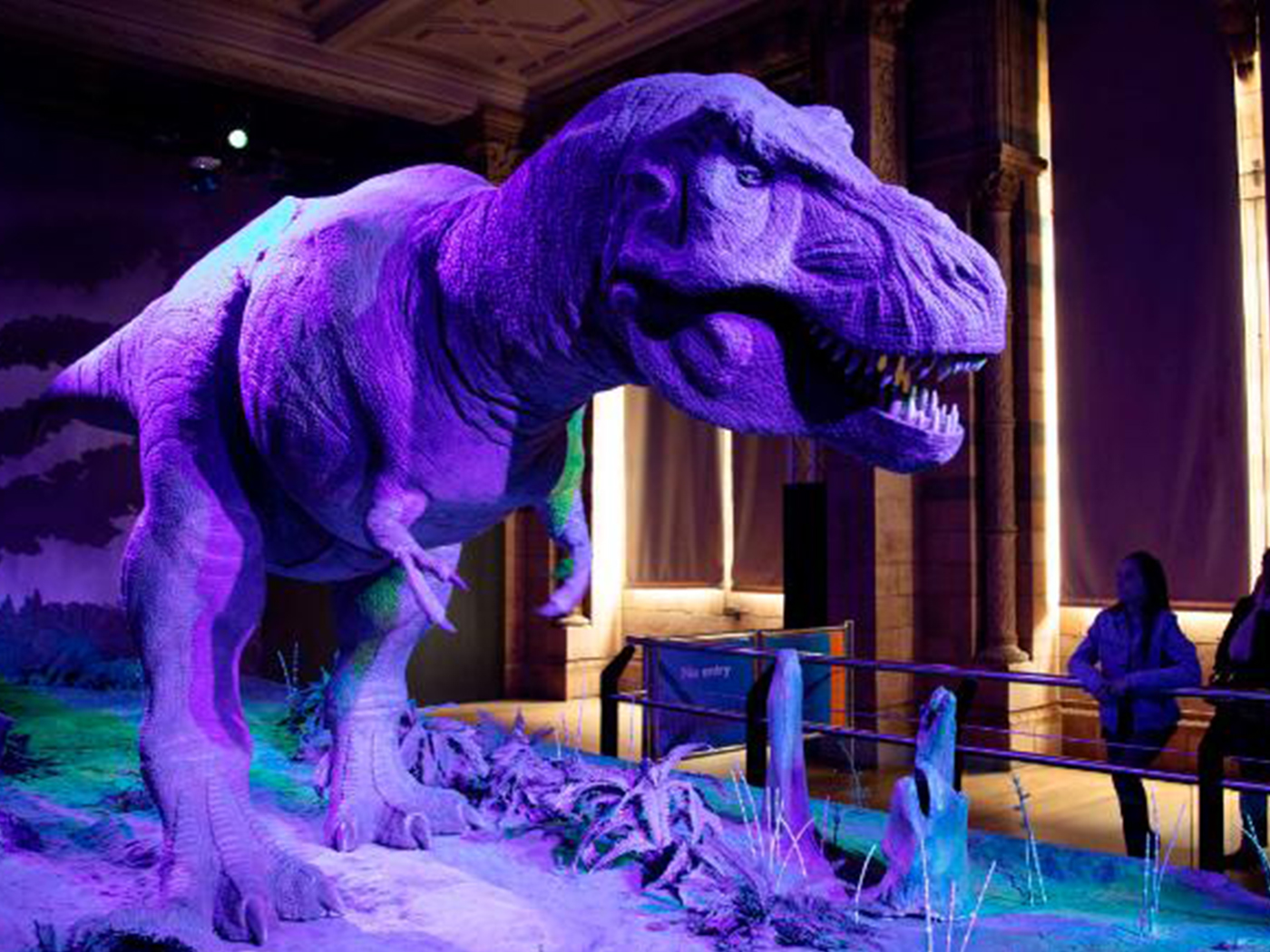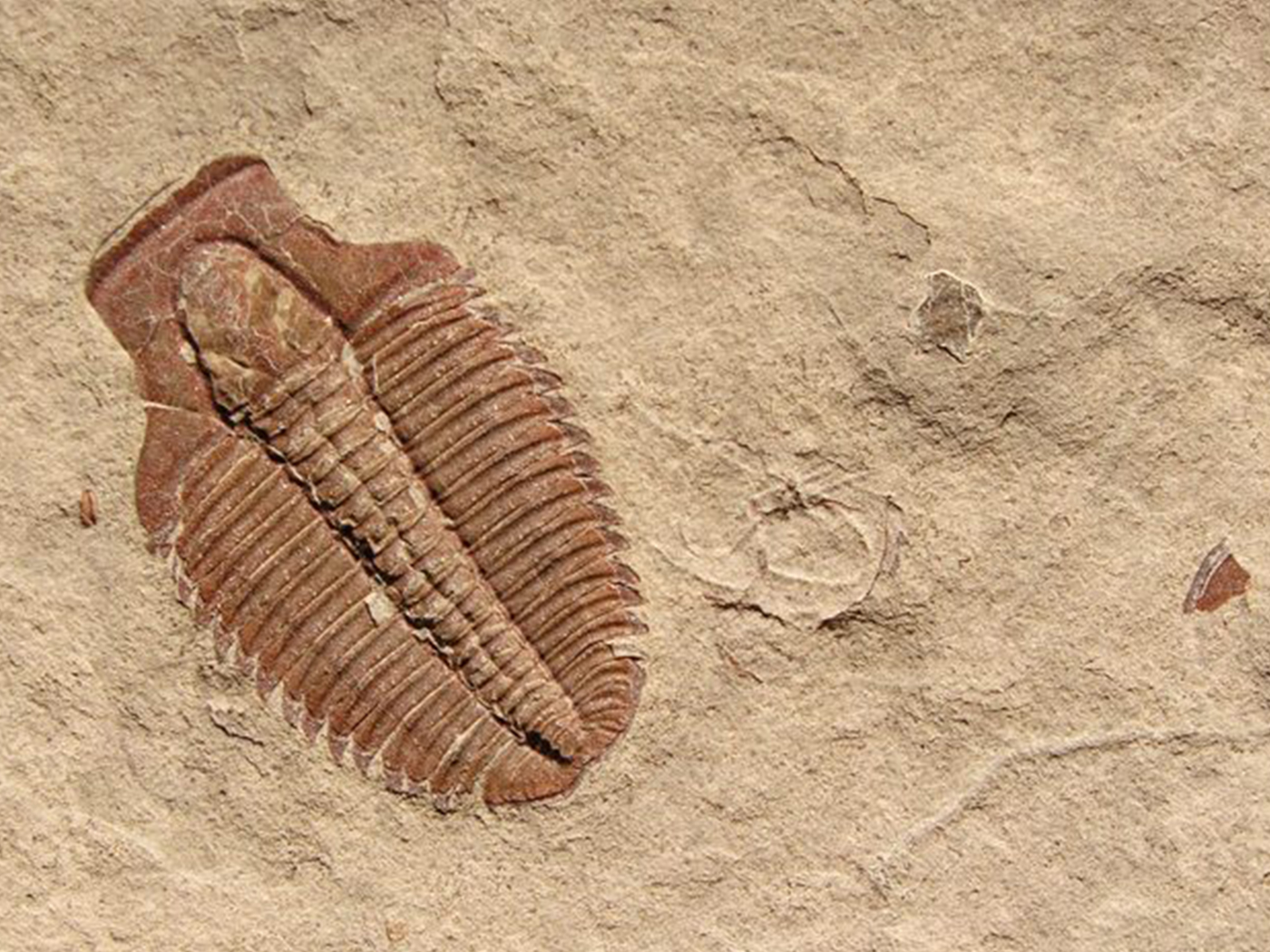The La Brea tar pits in Los Angeles—actually seeps of smelly asphaltum—are loaded with fossils. New analyses of chemicals inside their ancient teeth give clues as to what they ate and maybe why some of them went extinct.
Over 100 years of excavations at La Brea have yielded about 3.5 million specimens.1 Most are individual bones, but they also include at least 6,300 insect-body parts.2 Predatory species of the many bird and mammal bones dominate the pits—far more than a single ecosystem could support. Some unknown process piled predator parts into the pits.
Mammal remains in the asphaltum include big predators, like the dire wolf and sabre-toothed cat, plus megafauna (large animals) prey, like mammoths and ground sloths. Bones of more familiar forms such as ducks, coyotes, eagles, and pumas got caught in the fossil mix too.
La Brea bone peculiarities, like their dense packing, plus new details from stable carbon isotope ratios in certain fossil teeth, clamor for explanations. After chewing on isotope details for the last decade,3 Vanderbilt University paleontologist Larisa DeSantis and her team published their finds in the journal Current Biology.1
Where did those giant predators come from, and where did they go? Stable carbon isotopes can give clues to ancient animal diets, and diets may help answer the question of large predator demise. DeSantis examined isotopes from the teeth of saber-toothed cats (extinct), American lions (extinct), and cougars (still living), plus those of dire wolves (extinct) and coyotes (still living). Her team found that the large cats ate animals that lived on forest plants (e.g., deer), while the large wolves ate animals that ate plants that grew on open plains (e.g., mammoths). Different plant diets of the prey animals gave different carbon isotope ratios to their bones. Predator body tissues preserved the isotope ratios of their prey.
The study authors wrote, “Collectively, this multi-proxy analysis demonstrates that the Rancho La Brea felids [cats] and canids [dogs] exhibited minimal competition for prey up to the time of their extinction.”1
So why did coyotes survive after their larger cousins the dire wolves went extinct? The team suggested that dietary specialization may have contributed to their extinction. For example, dire wolves depended on large open-field prey like steppe bison.
According to Vanderbilt News, “Predators alive today in the Americas were better able to adapt their diets. Instead of only feeding on large prey, they could effectively hunt small mammals, scavenge what they could from carcasses or do both.”3 If yesterday’s coyote diets resembled today’s lobo lunches, then opportunism helped them survive through the rigors of the Ice Age.
The isotope evidence and the follow-on idea that overspecialized diets may have contributed to large animal extinction fits biblical history. God created each animal kind with an ability to diversify over generations. Descendants were fruitful, multiplied, and filled the earth both before and after the Flood.4 For example, the first cats contained the genetic diversity to specialize into large and small, with sabre-toothed varieties able to take down large prey. In time, they became dependent on that one primary food source. Once that large prey went extinct, it appears that cat variety went with it.
Meanwhile, smaller cat varieties like cougars kept living, diversifying, and even merging with other cat varieties.5 Over time, some cat and dog variations have also gone extinct, but cat and dog kinds did not.
The framework of variations within kinds continues to fit patterns seen in both today’s and yesterday’s animals. Giant versions of sloth, elephant, and dog and cat kinds showcase both the creativity of their Creator and His foresight in endowing each kind with the potential to diversify with such great variety. The extinction of the big versions of these animals follows from the fall of Genesis 3, where God cursed the earth because of sin. Although extinctions are sad realities in general, God deserves appreciation for closing the chapter on those dangerous monsters so that we can enjoy safer places to live.
References
1. DeSantis, L. R. G. et al. 2019. Causes and Consequences of Pleistocene Megafaunal Extinctions as Revealed from Rancho La Brea Mammals. Current Biology. 29 (15): 2488-2495.
2. Weston, W. 2003. Le Brea Tar Pits: Evidence of a Catastrophic Flood. Creation Research Society Quarterly. 40 (1) 25-33.
3. Turney, S. Intense look at La Brea Tar Pits explains why we have coyotes, not saber-toothed cats. Vanderbilt University News. Posted on news.vanderbilt.edu August 5, 2019, accessed August 6, 2019.
4. Genesis 1:28. 5. Thomas, B. 2012. Lions and Tigers, Tigons and Ligers. Acts & Facts. 41 (12): 17.
Dr. Thomas is a Research Associate at the Institute for Creation Research and earned his Ph.D. in paleobiochemistry from the University of Liverpool.

The Tar Tells Toothy Tales of Extinction
The Latest
CREATION PODCAST
Uncovering the Secrets of Earth's Oceans | The Creation Podcast:...
The oceans cover most of our planet's surface. Uniformitarians claim the oceans are nearly 4 billion years old, but the evidence says otherwise.
Host...
A Giant Ichthyosaur: Largest Ever Marine Reptile?
Paleontologists have discovered portions of a giant ichthyosaur’s lower jawbone on Blue Anchor Beach at the southern entrance to the United Kingdom’s...
New Titanosaur Species Discovered in Uruguay and Argentina
The pre-Flood world had some truly massive dinosaurs, and the largest of them were in the group Sauropodomorpha.1 Within this group were...
May 2024 ICR Wallpaper
"Have I not commanded you? Be strong and of good courage; do not be afraid, nor be dismayed, for the LORD your God is with you wherever you...
Was a Key to Photosynthesis Evolution Discovered?
Northern Canadian lakes were the source of recently discovered unique photosynthetic bacteria of the phylum Chloroflexota. After years of culturing,...
CREATION PODCAST
Four Moons That Indicate a Young Universe | The Creation Podcast:...
Earth has one moon, but Jupiter has many! What can we learn from our celestial neighbor's satellites? Do they indicate youth?
Host...
Creation Kids: Seeds and Sprouts
by Renée Dusseau and Susan Windsor*
You're never too young to be a creation scientist and explore our Creator's world. Kids, discover...
APOLOGETICS
Christ’s Creativity in Canyon Critters
Grand Canyon animals display many marvelous traits and behaviors as they live life in that harsh habitat. These canyon creatures succeed thanks to the...
Standing Against False Science
I’m Michael Stamp, and I’m in my 12th year as an editor at the Institute for Creation Research. It’s always an encouragement to see...
Oysters and Pre-Flood Longevity
The oyster species Crassostrea virginica, also known as the eastern oyster, is a prized seafood. Research has demonstrated that a fossil version of...






















